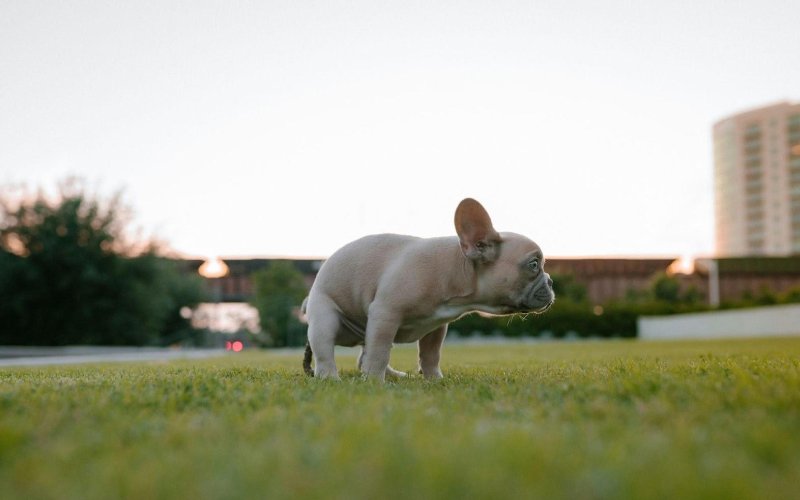How To Potty Train Your Pup
When you adopt a pup and bring it home, the next most important step is to house-train it.
House training is actually toilet training, also known as potty training. Whatever you choose to call it— there is no denying how crucial it is. Of course, everyone likes a clean house, and no one wants to have to spend all their time cleaning after their pup!
The good news is dogs are intelligent animals, and potty training is not as hard as it seems. When trained properly, your pup can be a source of joy and comfort without putting you through extra work.
Today, we will discuss everything you need about toilet training your dog. By the end of this blog, you will know everything you must know about potty training a dog.
How to Tell if Your Pup Needs to Go Potty?
As a new dog parent, the first thing you need to know is when your dog needs to go potty. Fortunately, you don’t have to play a game of guessing for that.
When dogs need to relieve themselves, they will exhibit certain signs that include sniffing, fidgeting, and moving in circles before squatting down. If your puppy displays these signs, it’s an indication that they need to relieve themselves.
Equipment for Potty Training
Next, you should know about the equipment you will need to safely house-train your puppy. You need:
- Hands-free 3 to 4-foot non-retractable leash
- 15-foot non-retractable leash
- Two dog litter boxes for the initial days of potty training
- Dog treats to be used as positive reinforcement
- Carpet cleaner for pet stains
- Mops and floor cleaner
Note that some trainers will recommend collars, harnesses, and potty pads. However, at Off-Leash K9, we do not recommend it.
How to Potty Train Your Dog?
Now that you know the when, what, and why— it’s time to get to the how.
First, make a schedule convenient for you and your dog. Take your dog out often and use the words bathroom or potty to make your dog familiar with the sign that you are going to take it for a potty break.
Tip: You can also use crate training to help with potty training.
Also, we do not recommend it, but you can use potty pads during the initial days of toilet training when your puppy is just getting used to the idea of potty breaks and learning not to soil their surroundings. But don’t use these too often, or your dog can grow accustomed to them.
Last but not least, supervise your puppy and be involved. Do not punish them for any accidents that might happen, and encourage them with rewards when they go out for potty breaks.
Remember that toilet training a puppy is no different than toilet training a baby. You should be patient, use positive reinforcement, and gradually impart the behavior to your little friend.
Effective Tips
Before you go, here are some effective tips for potty training that you should know:
- Keep a consistent schedule, and take your puppy out for potty breaks at least once every thirty minutes.
- Regulate your puppy’s diet— what they eat impacts their toilet habits.
- Give your puppy off-leash fun time after a potty break so that they look forward to coming out and playing. This will encourage them to go out for potty breaks instead of soiling the house.
- If there’s an accident and your dog can’t go out for a potty break, never use punishment. Instead, clean the place with a solution of washing powder and warm water.
Conclusion
Potty training your dog might seem like a challenge at first, but if you remain consistent, you will surely see results in a few days. With your support and motivation towards your puppy, the training will soon become an activity you two look forward to. Plus, it will make your puppy grow more fond of you and vice versa!
We hope our blog helped answer the questions you might have about potty training. However, if you still have any questions let us know in the comments below or give us a call at:
904-580-6559
[email protected]
jaxdogtrainers.com


